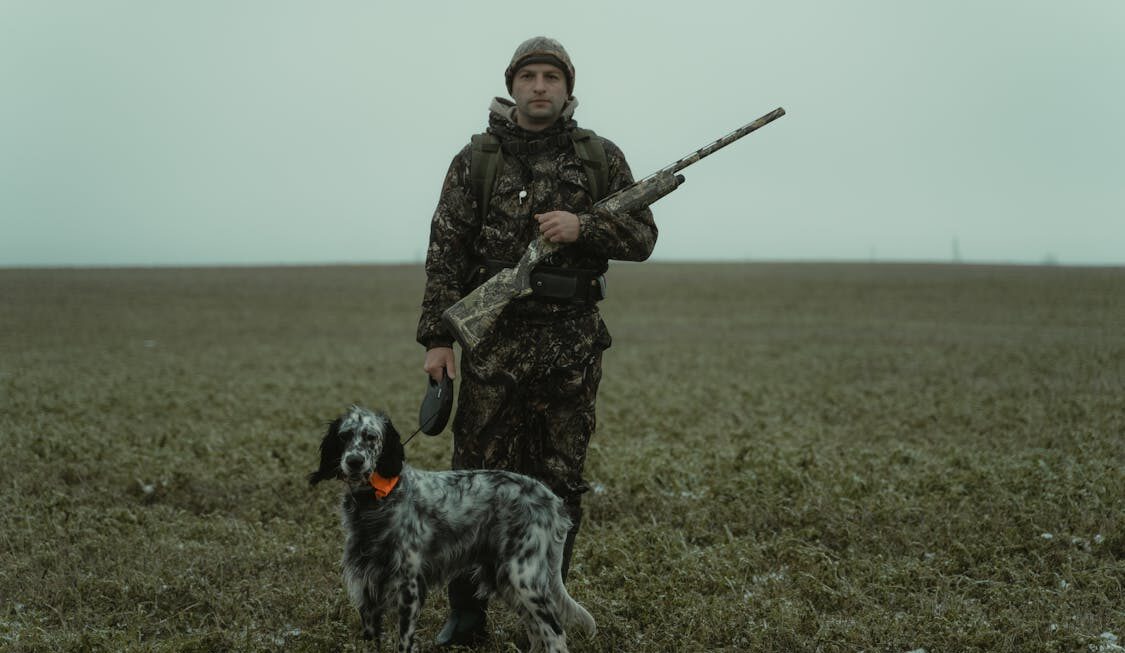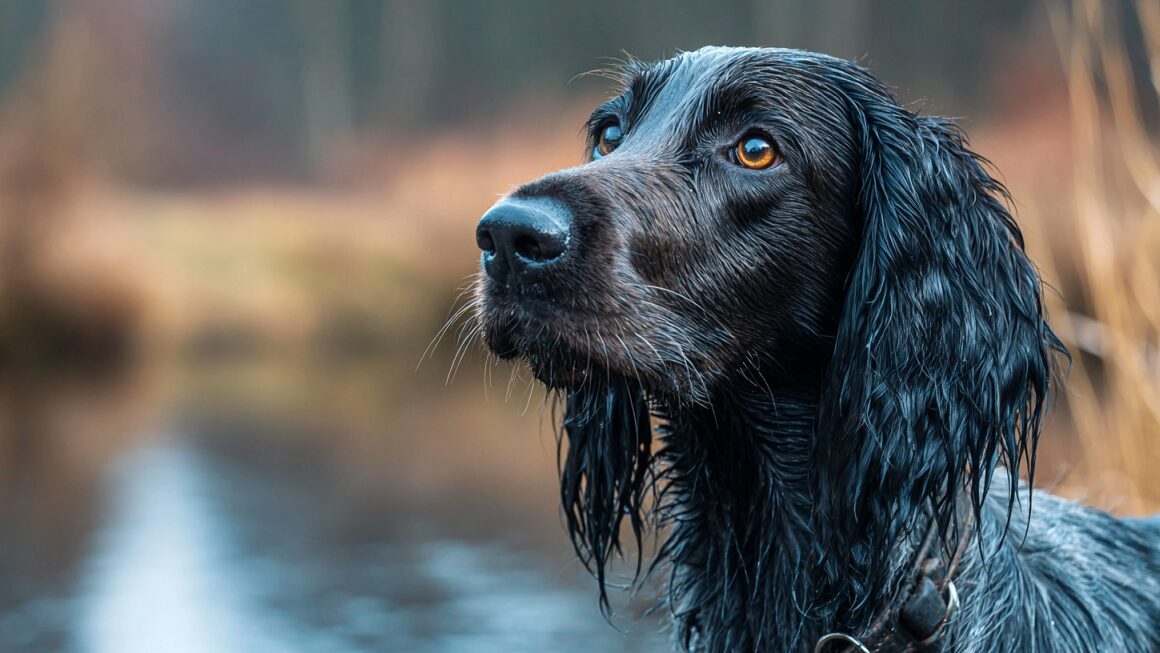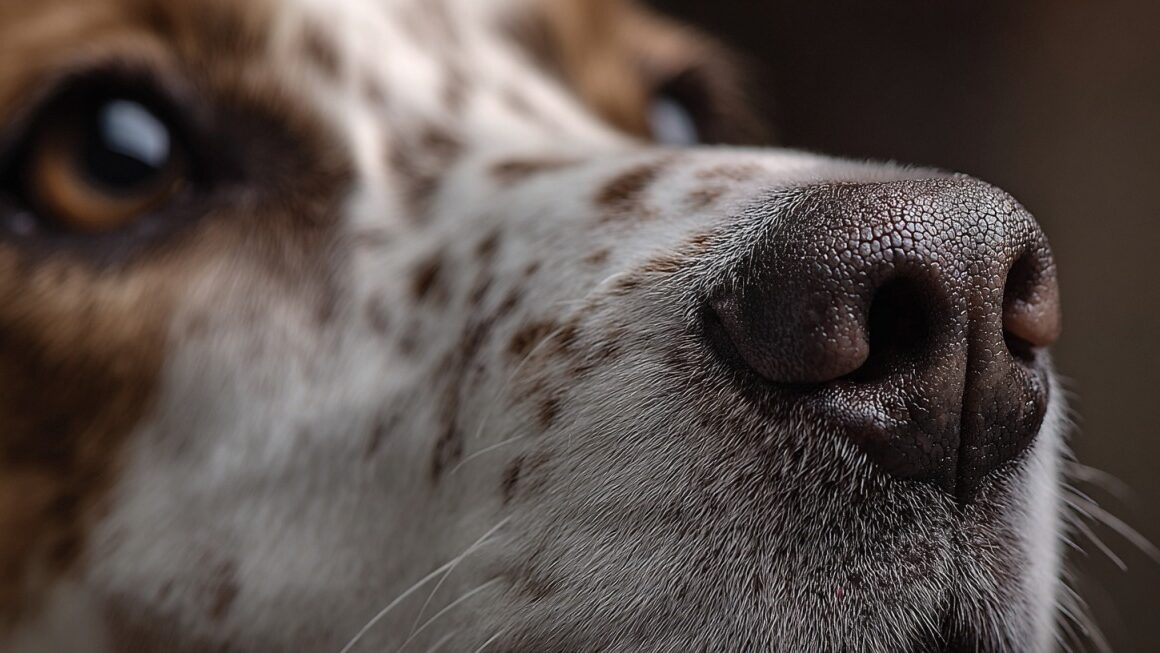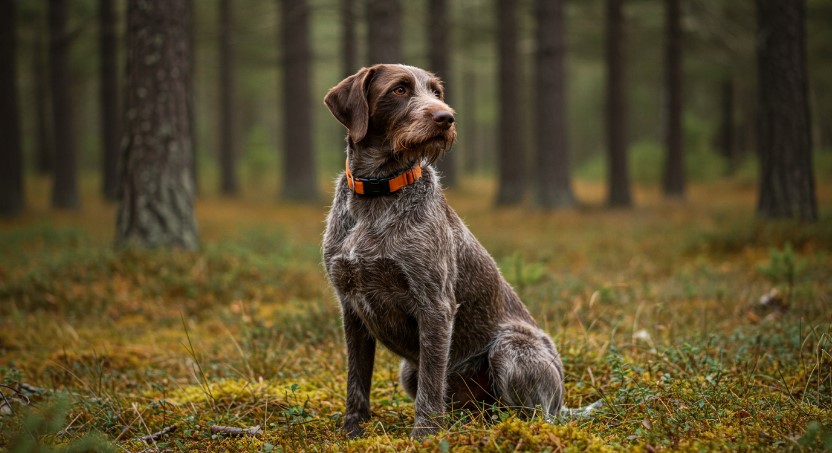If you’re training a hunting dog, there’s one thing that can make or break the whole effort: the retrieve. And not just any retrieve—a gentle, precise, bring-it-straight-to-hand kind of retrieve.
It doesn’t matter if you’re hunting ducks in cold marshes or running your dog in field trials, teaching them to bring back game without turning it into a chew toy is non-negotiable.
Sounds simple, but anyone who’s watched a young pup enthusiastically chomp on a pheasant knows just how tricky it can be.
Luckily, with the right tools, timing, and training, your dog can learn to pick up game birds like they’re handling a priceless artifact. Here’s how.
Why Gentle Retrieval Really Matters
First off, let’s get clear on why this kind of training matters beyond just “because someone told you to.”

1. Preserves the Game
If your dog mauls the bird, it’s not much good on the dinner table—or in a competition. Torn skin, crushed bones, or mangled feathers take away from the value and practicality of the hunt.
2. Hunting Efficiency
When your dog retrieves game cleanly, it speeds up the process. No damaged birds to toss, no frustrated resets, and no disappointment when a prize catch comes back ruined.
3. Field Trial Standards
In the world of field trials, judges absolutely look for clean retrieves. If your dog brings back a bird with visible damage, it loses major points—no matter how well it handled everything else.
4. Breed Utility
Some hunting dogs just don’t get picked again for field work if they can’t retrieve cleanly. A hard-mouthed retriever limits what roles they can play. Think of gentle retrieval as job security for your pup.
Step Zero – Start with the Right Dog
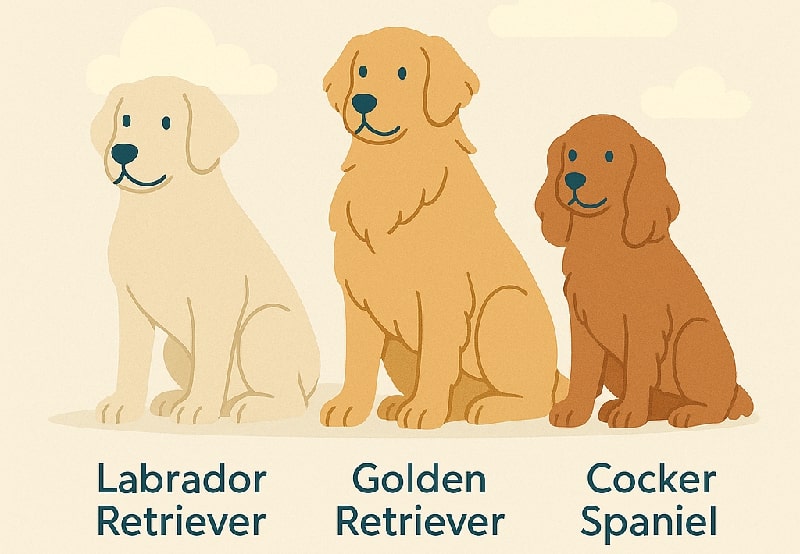
Let’s not pretend breed doesn’t matter. Certain dogs come with a natural “soft mouth” instinct—they pick things up without biting down. Labradors and Golden Retrievers are known for it.
So are Cocker Spaniels, though they might need more focused work to keep that mouth soft in high-drive moments.
If you’re picking a puppy specifically for hunting or trials, ask about the bloodline. Parents who excel at gentle retrieves are likely to pass on the trait.
Gentle Retrieval Doesn’t Happen Overnight
You’re not going to toss your dog a duck and expect them to bring it back in perfect shape right away. You have to layer the training.
Start Early—But Smart
Puppies can start learning fetch at 9 or 10 weeks, but keep the real dummy work until after six months when their teeth and joints can handle it.
Use Positive Reinforcement
You want your dog to enjoy this work. So praise, treats, or a quick game can go a long way. Don’t get harsh—especially early on.
Environment Matters
A hallway works great for early training. Why? Because there’s nowhere else to go. You want your dog focused, not running laps around the backyard.
Step-by-Step Guide to Training a Soft-Mouthed Retriever
Here’s what you need to do:
Step 1: Build a Basic Retrieve Habit
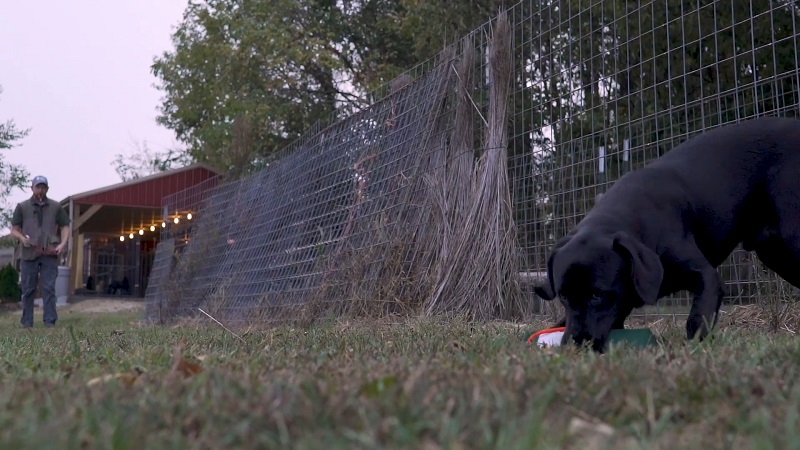
- Tools: Tennis ball, soft toys, Coachi Training Dumbbell
- Where: Hallway or quiet indoor space
- Goal: Get your dog used to fetching and returning—no chewing, no running off.
How to Do It
- Say “Fetch it up” or “Get it” and toss a soft toy a few feet.
- Encourage them to bring it back.
- Reward them only when they bring it to you—not halfway.
- If they don’t return, don’t chase. Walk away instead. Most pups will follow.
Tip: Keep it short. Five minutes max for young pups. That’s more than enough—remember, 30 minutes of fetch is like an hour-long walk in energy output.
Step 2: Graduate to Dummies
Tools
- Extra Select Gun Dog Training Dummy (with toggle for throwing)
- Coachi Dumbbell (floats in water—great for pups)
- Dog & Field Rabbit Fake Fur Dummy Ball (for realistic feel)
Start with small, light dummies to avoid overwhelming the dog. Gradually increase weight and texture.
Process
- Toss dummy short distances, just like the toy.
- Praise for gentle pickup.
- If your dog starts biting or shaking the dummy, stop. Try again with a softer one.
- Label behaviors: “Drop,” “Give,” and “Hold” become critical now.
Tip: Always inspect dummies after use. If they’re getting chewed, downgrade until control improves.
Step 3: Teach a Clean Grip
A clean grip means picking up and holding the dummy without crunching, chewing, or shaking.
- Tools: Soft dummy with handles or real-feel fur
Method
- Say “Hold” while handing the dummy gently to the dog.
- Praise when they hold it calmly for a few seconds.
- Increase hold time gradually.
- Use the cue “Give” to teach them to release on command—then reward.
Trouble? Use a treat to trade. Gently push the lip onto their tooth if they’re locking down.
Step 4: Transition to Actual Birds
Here’s where it starts to get real.
- Start Small: Quail is ideal. They’re less intimidating.
- Progress To: Pigeons, then ducks or pheasants.
Key Tips
- Avoid live or flapping birds at first. Dead birds are best early on.
- Let the dog sniff the bird before retrieving to reduce the “what is that?” factor.
- Keep sessions short and positive.
If your dog starts mouthing the bird too much, pause and go back to dummies for a few days. Don’t rush it.
Step 5: Solve the Common Problems
Reluctance to Retrieve
Play the Two Toy Game: Throw dummy #1, then animate dummy #2 as the dog returns. It keeps them focused on forward motion and eager to drop the first one.
Possessiveness
Use a treat to coax a release. Don’t play tug. Keep it calm.
Early Drop
Only praise when they’re almost back. If they drop it 10 feet out and get the treat anyway, guess what they’ll do tomorrow?
Step 6: Simulate Hunting Scenarios
Once the basics are dialed in, it’s time to up the stakes.
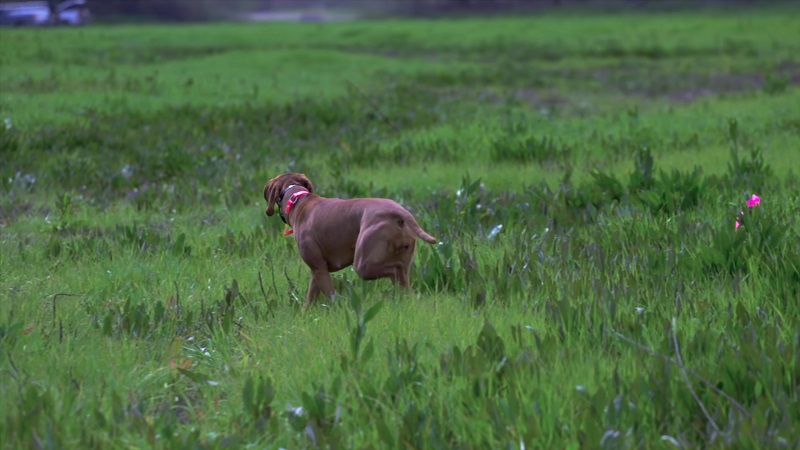
Introduce Gunfire
Start with distant shots or recordings. Pair it with a dummy toss and praise. You’re conditioning them to associate the sound with reward—not fear.
Water Retrieves
Use floating dummies like the Coachi Dumbbell. Start in shallow water. Gradually move deeper.
Hidden Retrieves
Create scent trails using bird feathers or wings. Hide dummies in grass. Reward them when they follow the nose and bring it back.
Example Training Timeline
| Week | Focus | Tools | Duration | Goals |
| 1–2 | Basic Retrieve | Tennis ball | 5 min/day | Fetch & return in hallway |
| 3–4 | Dummy Work | Coachi Dumbbell | 5–7 min/day | Gentle grip on dummies |
| 5–6 | Clean Grip | Rabbit fur dummy | 7–10 min/day | Consistent soft hold & release |
| 7–8 | Bird Retrieval | Quail | 10 min/day | Calm handling of actual birds |
| 9–10 | Field Simulations | Gunfire, scent, water toys | 10–15 min/day | Prepared for hunting environment |
Breed Notes
- Labrador Retrievers: Typically excel at soft-mouthed retrieves. May breeze through early steps.
- Golden Retrievers: Similar to Labs, though sometimes more sensitive to loud sounds—introduce gunfire gradually.
- Cocker Spaniels: Fantastic game finders, but may need more repetition to avoid overhandling game.
- If your dog isn’t naturally soft-mouthed, don’t stress. It just means slower progress and more time on “clean grip” drills.
Gear You’ll Actually Use
Here’s a short, non-sponsored gear list from trainers and hunting dog owners:
- Coachi Training Dumbbell: Great for puppies and water retrieves. Lightweight.
- Extra Select Gun Dog Dummy: Has a throwing toggle, comes in sizes.
- Dog & Field Rabbit Dummy Ball: Furry exterior helps simulate game.
- Bird Wings: For scent trails or taping onto dummies.
Rotate gear weekly to keep training fresh.
Wrapping It Up
Teaching a dog to retrieve game without damaging it isn’t about magic—it’s about consistent, layered training. Start simple. Use the right tools. Keep sessions short and engaging. And don’t skip the “boring” steps like clean grip drills—they’re what make all the difference once you’re out in the field or standing in front of judges.
A dog that retrieves a duck gently from cold water and trots back like it’s no big deal? That’s not just skill—that’s trust between you and your hunting partner.
And trust me, when you watch your dog deliver a perfect, undamaged bird to hand for the first time, you’ll know every 5-minute hallway session was worth it.

